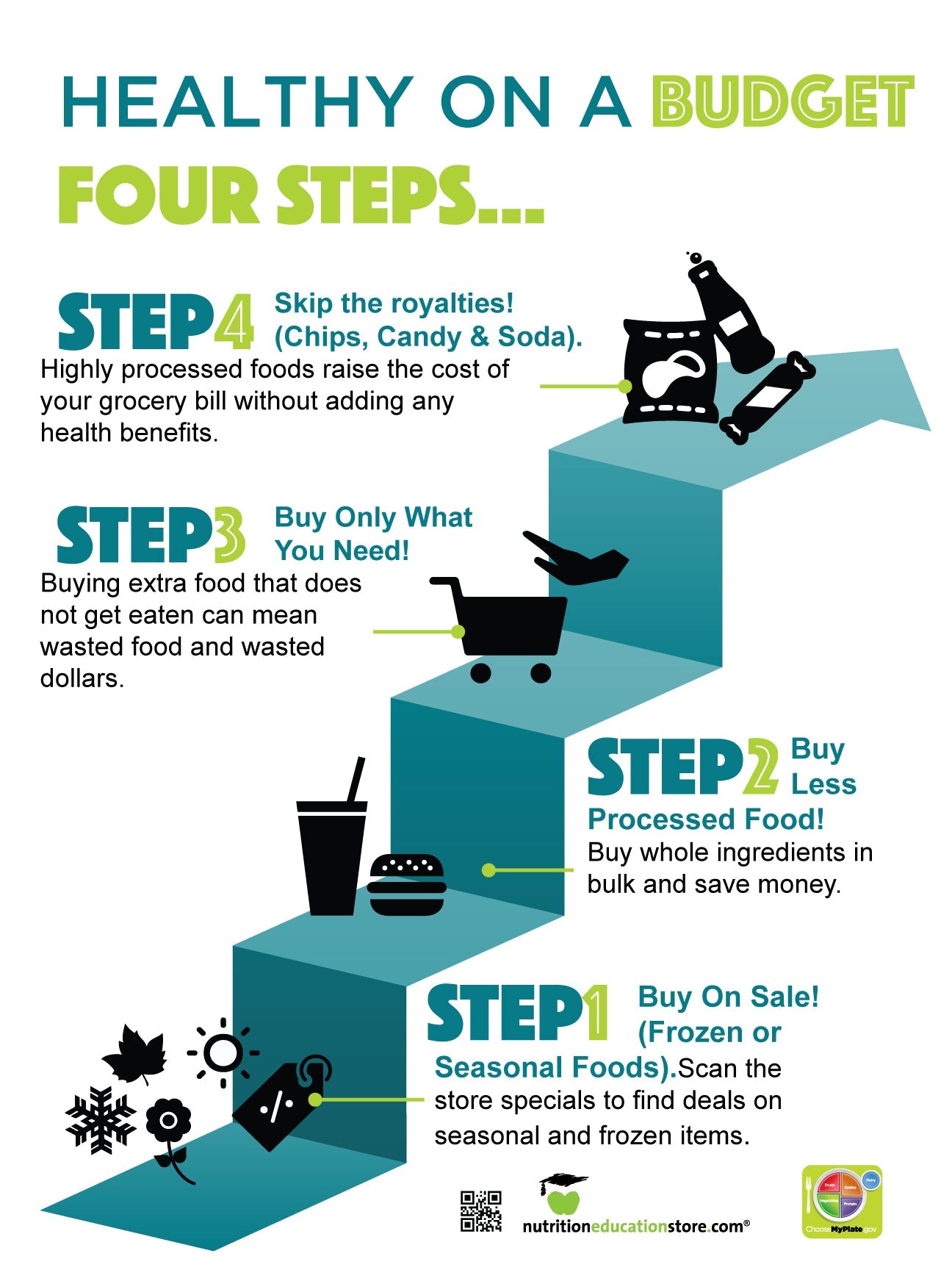June 2nd is MyPlate’s 11th birthday! Celebrate with these 11 tips for teaching with MyPlate, using materials from NutritionEducationStore.com and MyPlate.gov:
- First stop: Look at all the items available in our MyPlate theme. Whether you’re planning a booth at a health fair or decorating a bulletin board, you’re sure to find something inspiring here.
- Make it your own: Everyone’s MyPlate doesn’t have to look the same! Give your audience the MyPlate Quiz to assess current eating patterns and identify healthy eating interests.
- Each person who completes the quiz receives a snapshot of how they’re doing on the food groups, along with personalized resources and tip sheets.
- Users can also sync their quiz results in the free Start Simple with MyPlate app and set food group goals based on those results.
- MyPlate 101: Offer a class on MyPlate. We’ve done the work for you with our MyPlate PowerPoint lesson, which includes three different presentations with handouts:
- MyPlate for Adults
- MyPlate Express
- MyPlate for Kids
- Go social: Let your friends and followers know it’s MyPlate’s birthday. Encourage them to share their favorite summertime meals, nutrition tips, or activities using #MyPlateBirthday.
- MyPlate has some special graphics you can use.
- Make it fun: Everyone will learn about MyPlate AND have fun playing ourMyPlate Trivia Game or MyPlate Bingo.
- Earn the badge: MyPlate’s Birthday App Challenge runs from June 1 through June 30, 2022. Achieve 11 food group goals to earn the 11th birthday badge!
- Bonus: This video shows how the app works.
- MiPlato: Distribute these color handouts that come in English and Spanish:
- Ask Alexa: MyPlate is now an Alexa skill!
- Wear the MyPlate message: Give out our MyPlate (or MiPlato) wristbands.
- Get cooking: Find healthy, delicious recipes online in the MyPlate Kitchen.
- Eat with your eyes: Take MyPlate further by using MyPlate Food Photos to show real, healthy, mouthwatering foods that go on real plates.
Find more ways to celebrate MyPlate’s 11th birthday here.
By Hollis Bass, MEd, RD, LD











